We don’t often hear about digital museums in Romania, so I was naturally intrigued when I heard about the existence of such a project. But, in this case, are we really dealing with a real museum? Debatable.
The so-called “digital museum” in the city of Pecica was opened on October 29th 2013 and it is, as far as functionality goes, an ultramodern information and visiting center for a nearby buffalo farm.
The buffalo farm project is more like a hybrid, without any preoccupations that are directly linked to the digital, focusing on tourism and protecting nature. With the help of European funding, the result however was a building with sustainable architecture and reusable energy functions, along with state of the art interactive equipment for information and presentation. This association is unusual, from a visual as well as a conceptual point of view, at least for the Romanian landscape.
The role of cultural drive is often attributed to architecture, being thought of as a source of creativity, inspiration and an identity symbol for the community. The “digital museum” building in Pecica was designed and built keeping this in mind and, obviously, for the purpose of becoming a memorable and emblematic object.
Investigating the architectural elements
Covering 125 square meters, the building designed by architect Claudiu Ionescu has its outer shape inspired by Brâncuși’s artwork. By night it is lit by LEDs and projections that make it look that much more futuristic. It has a harmonious and metaphoric shape for the building’s purpose, all in a good formula that is conceptually easily accessible for a large audience, for which it was destined. The roof has aesthetic as well as functional properties – it is covered by a lawn, it is tilted which makes rain water easy to collect and recycle, while offering a panoramic view of the Mureș Meadow Natural Park.
Another interesting visual element is the pavement around the building that, along with the edifice itself, forms a huge solar clock. The 200 square meter pavement was done in the cloisonné system and it is divided into section that are marked with numbers made out of noncorrosive material, starting from the intersection of the building’s sides in the most northern point. So the building’s shadow accurately marks the hours on the pavement’s dial.
The interior carries on in the same high-tech spirit of the exterior and one will find interactive touch screens, projectors and lenticular 3D posters, a multifunctional sculpture inspired by the comic book “Moebius” and an interactive bike that, when pedalling, it creates the necessary energy to project on a screen various routes in the Mureș Meadow that were filmed using a bike, a canoe or a plane. There is the possibility of virtually visiting, in 3D, any museum in the world, but the software was temporarily out of order when I visited the center.
Beyond the main building, various annexes and constructions that belong to the farm stretch out, along with an events space, a place to leave your bike that is powered by photovoltaic panels, a small park with benches, playgrounds and fields run by the farm’s buffaloes, the natural stars of the area.
A few functionality problems
We are reluctant about the official capacity to host “any type of exhibition” within the 125 square meters that include, among others, a kitchen and a traditional bread oven for the “Pecica bread”, a replica of a 250 year old model. The center does not yet own a dedicated projection panel, although it could, with the help of a more generous sponsor. The interior walls projection has a more ambient intent, due to the sharp angle architecture.
The way in which the space is divided and the current landscaping does not leave much room for permutations and presentation variants, the space being already a bit overcrowded with the existing objects. The kitchen and oven in a “museum” might seem unusual, but it perfectly fits the purpose and the characteristics of the project, as we will discuss this further.
How the center fits in a museum context
According to the presentation, the visiting center, dedicated to the wide audience, as well as educational programs for children and study, wants to attract visitors, cultural and educational events, but also promote the farm and its surroundings, while providing the necessary information. It is a brave experiment for harmonizing two apparently contradictory elements – tradition and technology. The building services these two goals but, overall, the experience of a visit is not too convincing from a museum point of view.
You could say that the Pecica project explores technological and technical possibilities, while experimenting with a museum-type structure. A digital museum would basically be a space that implements a new communication system and an interactive and immersive experience that allows us to better understand the world and, from this perspective, at least at a basic level, the Pecica center seems to fit the description. Although relatively small, the center offers a minimal multi-sensorial, comparatively coherent experience that is not found in many of the country’s known museums. Perhaps for this reason, I find this project to be somewhat relevant for the Romanian museum landscape.
But it is pretty difficult to define such a structure in Romania, and its role for the local community and beyond. Not necessarily because the project would be unusual generally and objectively speaking, but because the receptors are not exactly familiarized with such an initiative. Any structure must first interact with the local community, and this fact has its own consequences.
The center is not the home for a collection of exhibits (except the traditional oven), but is rather an informative platform, which is the basis for Mrs. Marilena Petran, the space’s curator, to add her own vision and interpretation – that fits the project’s professed goal, to create new experiences of informing and relaxing.
Entranced by the technological mirage of the center’s building, you quickly realize that the experience will be slightly different. Thus, contrasting the modern architecture, the presentation and the atmosphere of the museum-center are still in a traditional note, focusing on highlighting the importance of the Pecica bread, its local history and its natural beauties. It’s like visiting a luxurious house where people still cut pigs and prepare the sausages, because the world needs both.
Beyond the simple words like: educational, interesting, innovating, inspiring, quality etc. there is also a staff that serves the museum space. This staff mostly provides the public’s experiences and the space’s culture. In this case, we are talking about a friendly and open personnel that is still oriented towards maintaining local tradition and hospitality, so that the culture that is being promoted by the “digital museum” has these traditionalist characteristics, but without being as avant-garde as the building itself. Here, one might think of the power of the cultural narrative, of habit and of expectations to model what one thinks he is seeing, touching, experimenting. Still, one cannot criticize this vision, because the locals’ pride for tradition and the place’s natural potential is precisely what made the entire project possible in the first place.
About how it became possible and what to expect…
More specifically, how did a project such as this pop up in Romania, in Pecica town and how come no one stumbled onto formalities and paper work to have it realized? Basically, local ambition with European funding and an equally ambitious architecture project gave birth to this unusual structure. As part of the border cooperation program Romania-Hungary 2007-2013, the local municipality of Pecica, in partnership with the Hungarian town Mórahalom, accessed the project “Program for rehabilitating salt water bio-types on protected fields by growing and using local species”. The entire project was valued at 623 017 euros, oh which Pecica earned a non-refundable fund of 120 000 euros, benefiting of 98% of funds from the European Union, via The European Fund for Regional Development. The farm was built first, as part of the FENNREHAB project, and the visiting center came later, as part of ECOREHAB2.
The challenge of associating Romanian tradition with a modern and ultra-technological building did not receive many successful proposals. To fulfil such a demand at a conceptual level, to offer practical functionality and integrate the ensemble into a cultural circuit without a special tradition is an extremely difficult task. More than an unusual construction, the Pecica center is like a small strategy model for the regional development, the presentation and public access to technology, the cultural reconfiguration of the area’s potential and the architectural integrity.
The center’s main problem is the long term feasibility of the project, seeing as the center cannot charge taxes for any services for a period of five years and the space’s management is exclusively handled by the local authorities. The funds were used for the building itself but there is no funding for the next steps which are absolutely essential, like promoting, maintenance, administration, updating the software, development, etc. not to mention the more complex cultural and educational programs. For this reason, the center’s evolution towards a more offering museum type structure is questionable.
Is the project impressing? Yes, but it depends on what we refer to. First of all, the fact that it is a Romanian space initiative, more so a provincial one. Fortunately for Pecica and unfortunately for the rest of the country, there aren’t too many other things to compare it to. Perhaps the closest example is in Brașov, where a “virtual museum” just opened (another controversial characterization), at the Drapers’ Bastion.
In conclusion, I wouldn’t say the experience I had in the Pecica center as (not yet) being a typical museum experience, but more of a recreational thing. But the truth is that this is what the organizers wanted, they don’t present the center as a “museum”, maybe just with a little reluctance and amusement. No one claims that the center is nothing other than what it simply is.
POSTED BY
Gizella Popescu
Gizella M. Popescu graduated from Law School at the University of Bucharest and followed for many years a career as a lawyer. Now she is an artist and cooperates with several actors of the contemporar...
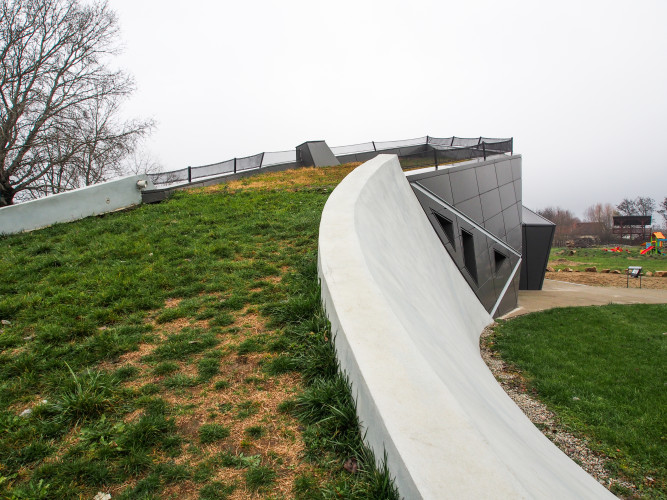
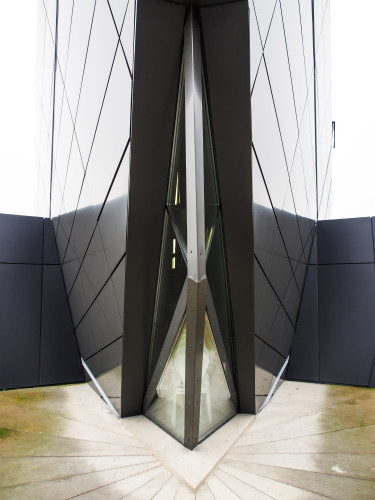
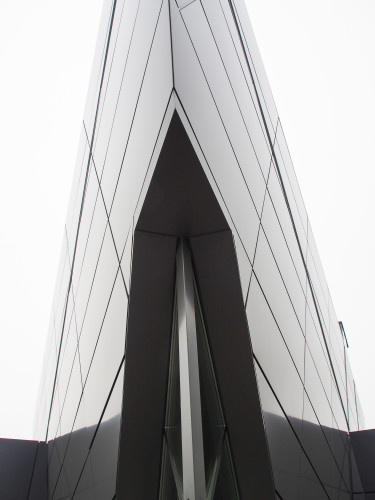
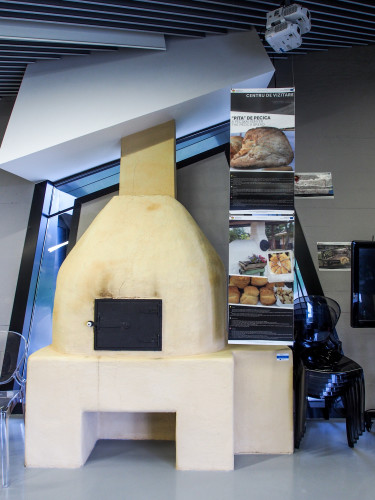
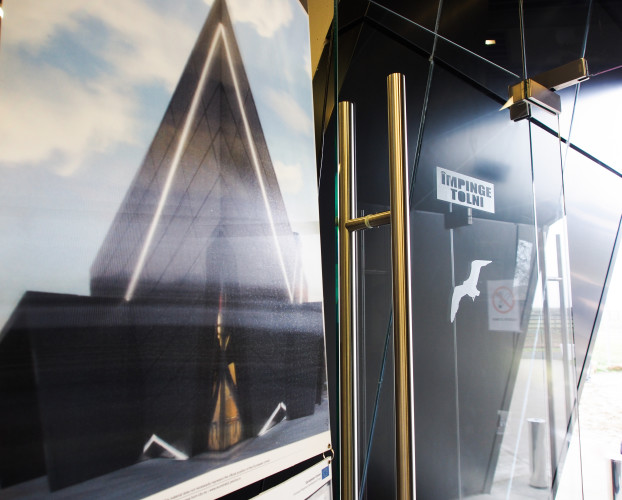

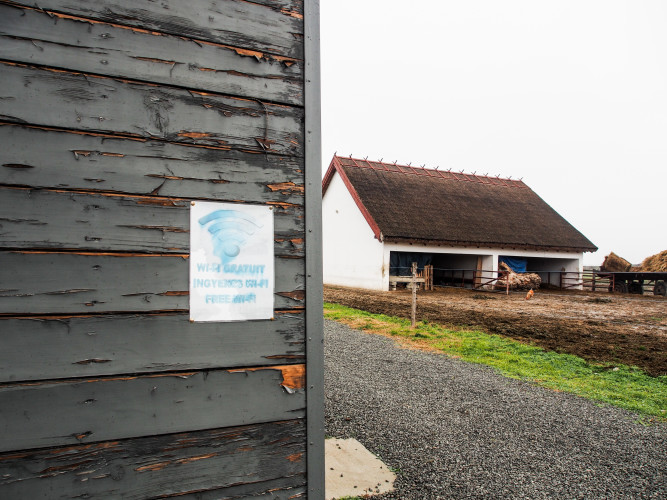
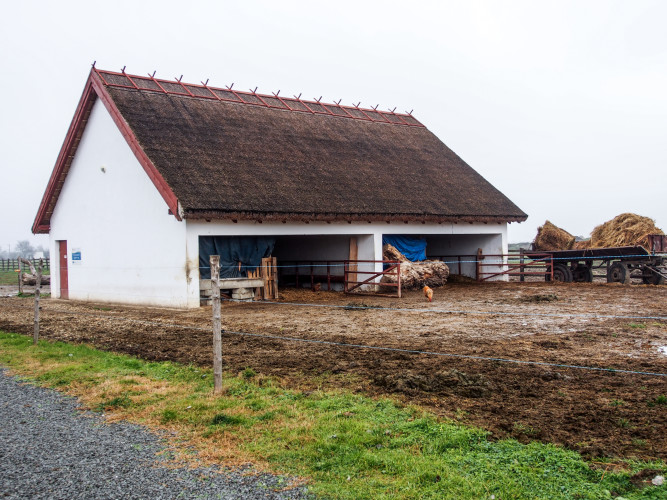
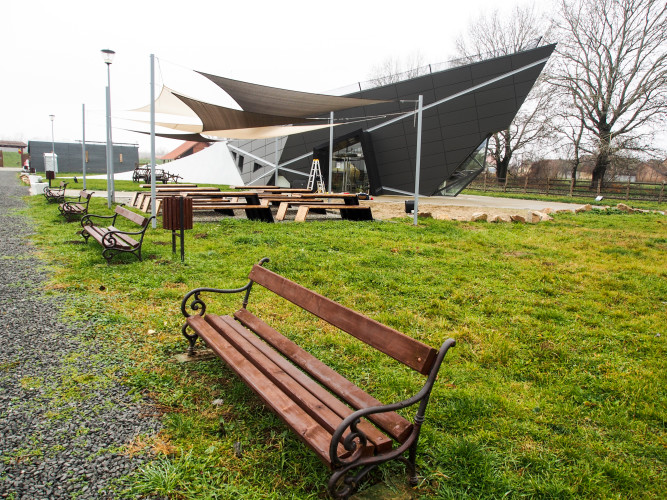
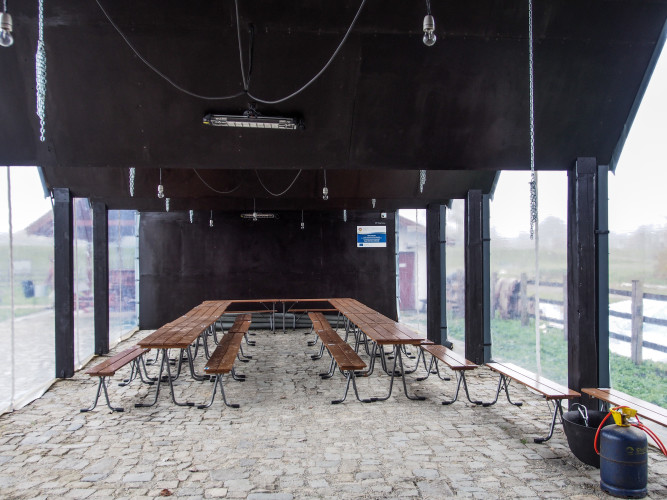
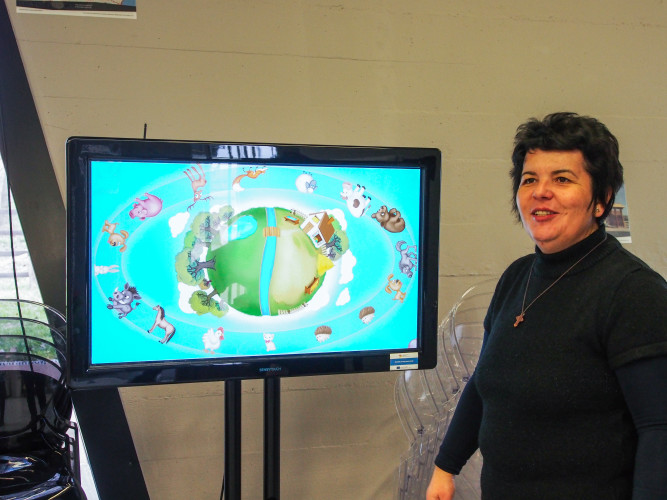
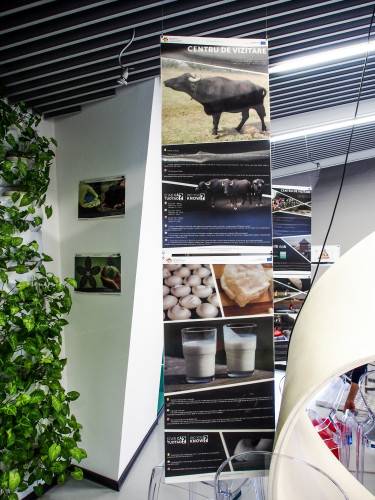
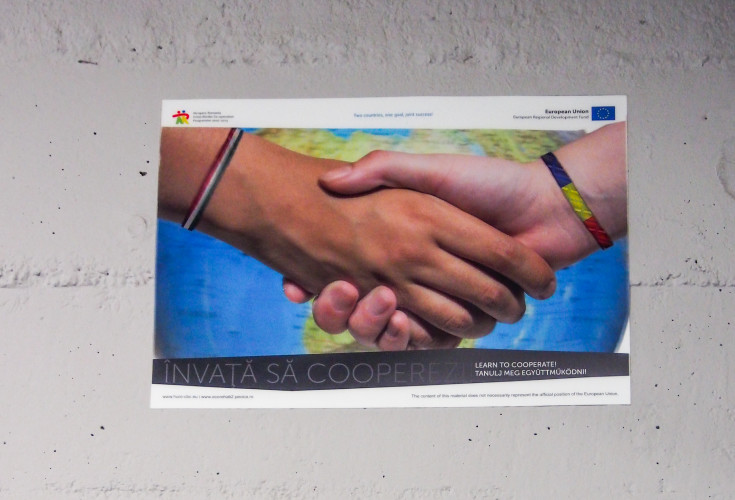
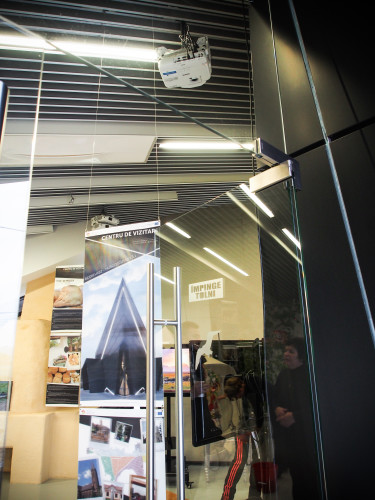
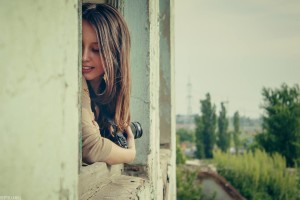
Comments are closed here.